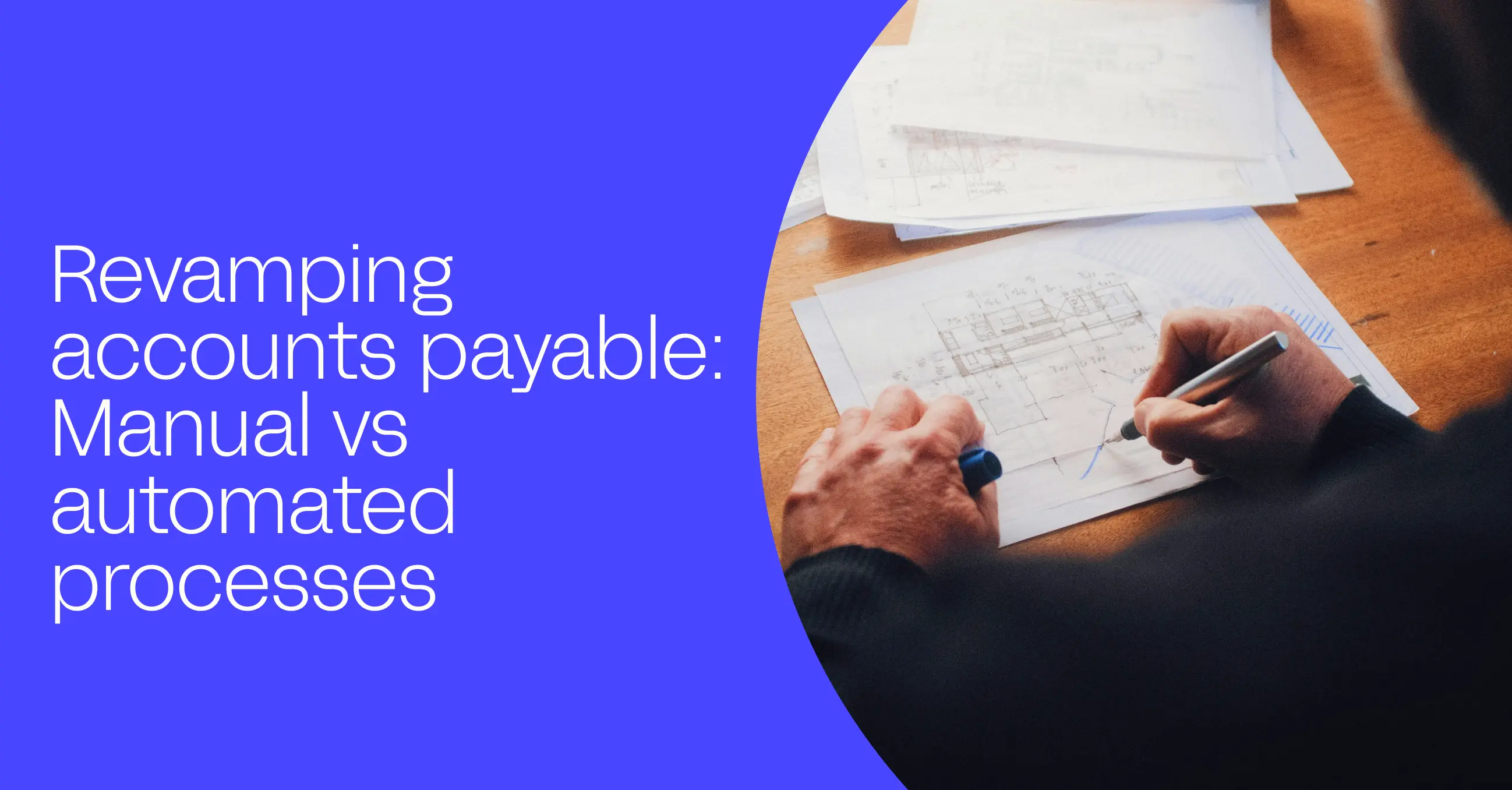A guide to vendor management
Jo McCann
| February 22nd, 2021
Implementing a vendor management process may feel arduous, especially when a vendor list remains small. But the benefits that result from a careful selection of what suppliers and services a business uses creates a sustainable landscape for operations.
Businesses don’t exist in a vacuum. From deliverables of office supplies to warehouse leasing companies, vendors are a part of a business’s landscape. They provide the day-to-day tools used to operate an office—staff amenities, office management, fleet maintenance—as well as the raw materials that go into a product: wholesalers, freight shipping, marketing materials.
While exact numbers are not often readily known by large businesses, many report to have over 100,000 vendors as part of their supply chain and operations. These third-party vendors are as much a part of a business as the hourly employees are, and how they are identified, how they complete business objectives, and how these relationships are maintained have a direct impact on the health of a business.
What is vendor management?
Like any relationship, clear and concise communication is necessary to establish a foundation that can support longevity of commitment. An effective vendor management process is, in its simplest definition, that clear and concise communication. Vendor management is the process a business undergoes to select which vendors fulfill an identified business objective and determines how that engagement will proceed; clearly identifying the outcome expectations for the lifecycle of the relationship.
How the vendor management process works
The relationship that a business develops with vendors doesn’t appear overnight. While a pressing business need may pressure a procurement manager to make knee-jerk decisions to fulfill order demands or unanticipated growth opportunities, the most successful, long-term relationships are the result of careful identification and implementation of a vendor management process that includes the following steps:
Step 1 - Identify Business Objectives
The first step begins in-house. For a myriad of reasons a business may determine that a new vendor is needed. Perhaps there is a new product line that requires raw materials that are not yet sourced. Or perhaps market growth demands expansion of shipments made. Some solutions can be reached within an existing relationship, and this can be a financially beneficial option. However, where an existing vendor cannot or does not fulfill the identified need, a business will need to begin the process of finding a new vendor.
When identifying a business need, it is important to be as explicit as possible: To not just know that a specific packaging material is needed, but the frequency at which it is needed, budget allocation for that material, and any market growth projections that require a timeline for ramping up of vendor supplies. A new vendor may be able to fill orders in Q1, but will they be able to in Q4?
Clear and measurable business objectives are outlined in an initial service level agreement (SLA). Expectations of compliance and desired best practices that align with a business’s ideals are detailed are identified.
Step 2 - Distribute Request for Proposals (RFP)
Sometimes referred to as Request for Quote (RFQ), the next step in the vendor management process is the distribution of the business case to potential vendors by an acquisition team. These requests can be complex. They may include a multi-step proposal process that requires an initial wide pool of potential vendors to submit multiple documents that demonstrate their plan and ability to fulfill the business need. From the initial pool, a few vendors are then invited to present a more formal in-person presentation to a panel of stakeholders with decision making capabilities.
Throughout the RFP step, it is important to determine risk assessment, garner details on quality of product, identify internal and external roadblocks, review where potential cost savings may be earned or applied, highlight customer service channels, and establish how future growth and innovation may impact a vendor’s available resources. Additional information that is reviewed may include: renewals timelines, financials, specific qualifications or certifications that make a vendor the right vendor.
Step 3 - Vendor selection and contract formulation
It can be an exciting time once a vendor is selected. But it is also the most crucial step where important guidelines and information are implemented. The SLA and/or contract details enter into a negotiation phase where minutiae are ironed out. It is imperative that expectations are clearly outlined in the contract so that all parties are aware of all the roles they play in the lifecycle of the relationship, who the primary points of contact are, and how payments will be processed.
Step 4 - Contract implementation
The signatures are on paper and the contract execution begins. The new vendor is onboarded and services commence. This stage is also critical as it can be an input-intensive step in the process. Vendor information is added to data tracking systems, direct payment channels are approved, security badges are created, and orders begin. Incomplete or inaccurate data at this stage can lead to big issues and delays that compound down the road.
Benefits of a vendor management process
Implementing a vendor management process may feel arduous, especially while a vendor list remains small. But the benefits that result from a careful selection of what suppliers and services a business uses creates a sustainable landscape for operations.
Reliability. By using precision to outline business needs and onboard a vendor that has demonstrated they can fulfill that need, confidence in a vendor increases. Further, that if for some reason these expectations are not being met, the SLA can be referenced.
Quality. Being able to review proposals from a pool of potential vendors ensures that the choice of vendor is intentional and meaningful; that the product or service that is being provided is the best possible choice within the available market.
Cost reduction. Because the establishment of clear expectations and communication occurs during the vendor management process, a strong foundation of the vendor-buyer relationship is established. This implementation lends to the sustainability of a long-term relationship which can lead better AP terms and unit price discounts.
Efficiency. When expectations are clear, the process completes itself. The vendor management system removes the guessing game in how vendor-buyer relations are conducted, improving how contract management is conducted. It mitigates roadblocks in AP processing, it bridges communication gaps, and it prevents risks that lead customer service delays.
Challenges of vendor management processes
While the vendor management process provides an opportunity to get all of the expectations and agreements in place at the outset of a contract, there may still be challenges to the execution of the contract terms. Acknowledging these challenges early on in the process can help to improve the establishment of vendor-buyer relations and help to ensure that the contract is being executed with all due diligence.
Compliance. Despite best intentions and practices on both sides of the relationship, compliance with the contract expectations should always be at the forefront of a vendor-buyer relationship. Letting expectations lapse can compound and escalate quickly.
Communication and visibility. In correlation to compliance, staying up-to-date and in contact with vendors is important to building successful relationships. Lack of communication chains prevent or limit the ability of a buyer to address compliance issues. Further, especially where longer contract terms exist, lack of communication around issues that result in interruptions to service result in guessing-games as to why expectations are not being met or if steps are being taken to resolve issues.
Payments. One of the biggest pain-points that may occur in a vendor-buyer relationship is the result of a poorly executed or slow AP process. Loss of discount opportunities due to lapse in payment windows, inaccurate or incomplete invoicing and PO documents create distrust for future orders, and stalled or late payments can result in non-beneficial net terms.
Vendor management performance metrics
To ensure that the expectations created in an SLA or contract are completed, identifying and implementing Key Performance Indicators (KPIs) early on in the process—as well as establishing a means to oversee KPIs—can make all the difference in the lifecycle of a successful vendor management process.
Each vendor-buyer relationship will require different sets of metrics and they are determined by identifying desired outcomes, ranking the importance of these outcomes, and a data source to demonstrate the actual outcome. A company that provides staff amenities may have a KPI metric of end-user satisfaction that is determined through surveys, whereas a company that provides a specific bolt used in production may have a KPI of invoice accuracy that tracks instances of discrepancies and is reviewed each quarter. Other examples of vendor performance KPIs are: vendor availability, emergency purchase rate, supplier lead time, procurement return on investment (ROI).
Vendor management software
The manual labor associated with managing vendor engagement and the complexity of differences from vendor to vendor has given rise to the need for vendor management software. Complex spreadsheets that quickly become outdated do not provide the kind of real-time information a business needs to make decisions.
Vendor management software tools helps procurement employees by:
Identifying use-case for each vendor,
keeping vendor data up-to-date and complete,
automating AP processes,
and determining when and if KPI metrics are not being met.
How Routable can help with vendor management
Routable 's accounts payable solution supports successful vendor management processes.
Simple on-boarding. Routable makes it easy to invite your vendors. Vendors can put in their own contact information, add their tax information, and add their own preferred payment method.
Fast payments. Your vendors want to be paid on time. With Routable, you can pay your vendors quickly which keeps them happy - including same-day and next-day ACH payments.
Easy contact management. You can add as many contacts as you need for each vendor or customer directly within Routable. You can also choose who gets included on each invoice or payment, allowing you to get every invoice or payment approved quickly.
Vendor turnover leads to gaps in your customer satisfaction, potentially delaying deliverables or creating interdepartmental stresses. Anticipate and prevent these interruptions by implementing a sustainable vendor management process, getting the right vendor and establishing strong, long-term relationships.
To learn more about how Routable can help you automate your AP process, schedule a demo today.
Recommended Reading

Accounting
What is payment automation?
From fraud detection to reducing manual data entry, automation can help your team be more efficient and focus on much more crucial tasks than filing papers.

Accounting
Revamping accounts payable: Manual vs. automated processes
Learn how transitioning from manual to automated processes can revolutionize your Accounts Payable department while avoiding potential pitfalls.
